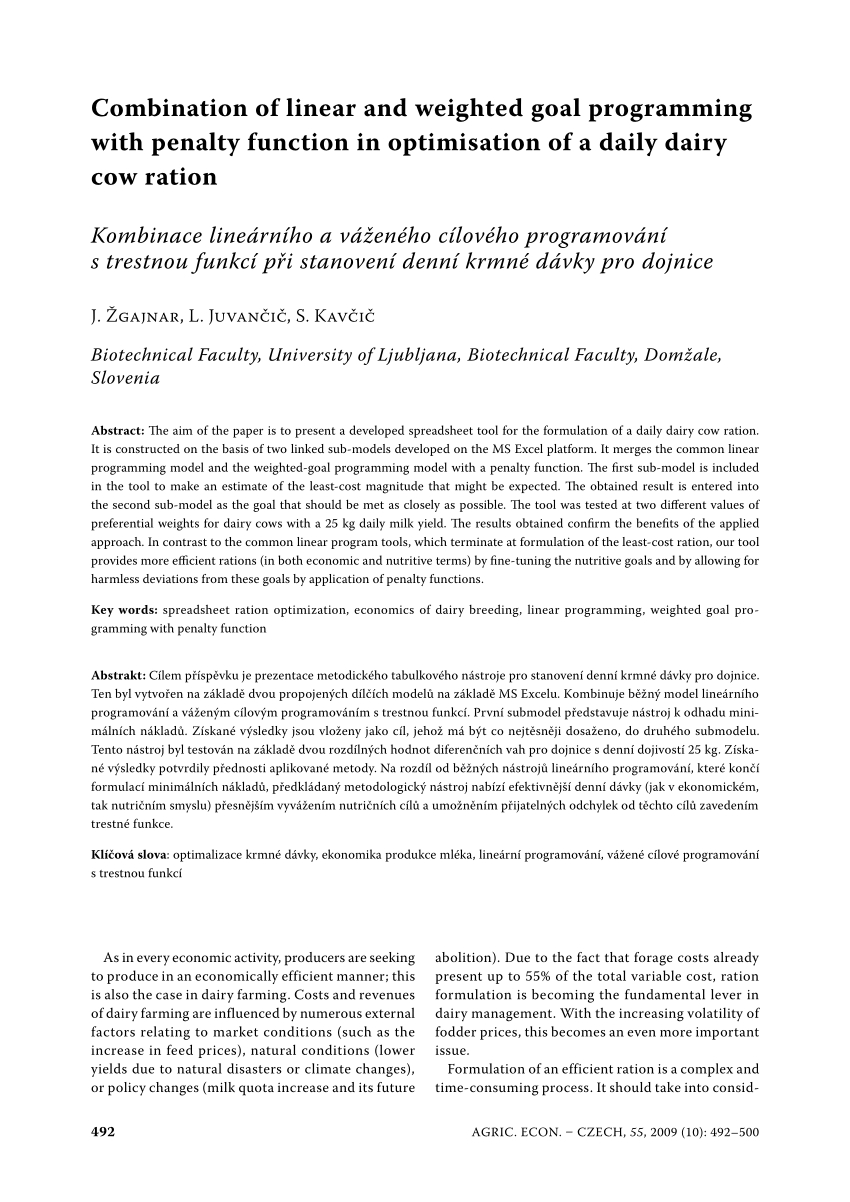

In addition, the ability to use feeds with various rates of breakdown is enhanced, often enabling even better nutrient utilization. A 4% increase in feed utilization can be expected when using a TMR compared to a conventional ration of forage and grain fed separately, twice daily. This in turn can lead to production of higher levels of microbial protein by the rumen microbes throughout the entire 24-hour day. Each mouthful of feed that the cow consumes contains the proper amount of ingredients for a balanced ration, resulting in a more stable and ideal environment for the rumen microbes and providing adequate carbohydrates and nitrogen sources that vary in their ability and rate of rumen breakdown. Improved feeding efficiency often occurs with herds using a TMR. Different farms have reasons for adopting different strategies for using TMR and these must be a decision of the farm manager based on many aspects of the operation as well as research and personal preference. Cows can be grouped based on actual or fat-corrected milk, days in milk, reproductive status, age, nutrient requirements, and health. One group TMR, on the other hand, can be used for lactating cows with or without top-dress feeding. Such multi-group strategies are particularly helpful for meeting the needs of dry cows. These can be formulated for fresh cows, early lactation cows, and mid- and late-lactation animals, as well as for far off and close-up dry cows. Separate TMR can be developed for different animal groups. There are several strategies that can be used in TMR systems. Checking forage moisture on a frequent basis is critical to implementing a successful TMR system. Lastly, update ration formulations based on milk production, milk fat and milk protein percent, current body weight and body condition scores, moisture changes in forages or high moisture feed ingredients, and prices of current feeds. Second, test forages and feeds several times throughout the year or when any noticeable change occurs. First, monitor forage and feed inventory on a regular basis and allocate to the appropriate animal group. Good feeding management practices must be followed to achieve maximum performance from cows.

Advantages and disadvantages of any feeding system, however, must be weighed before choosing a TMR. This is accomplished by feeding a nutritionally balanced ration at all times, allowing cows to consume as close to their actual energy requirements as possible and maintaining the physical or roughage characteristics, which we now refer to as feed particle size, required for proper rumen function. Since its inception in the 1950s, it is now the most adopted method for feeding high producing, indoor-housed dairy cows in the world. Feeding a total mixed ration (TMR) helps a dairy cow achieve maximum performance.


 0 kommentar(er)
0 kommentar(er)
